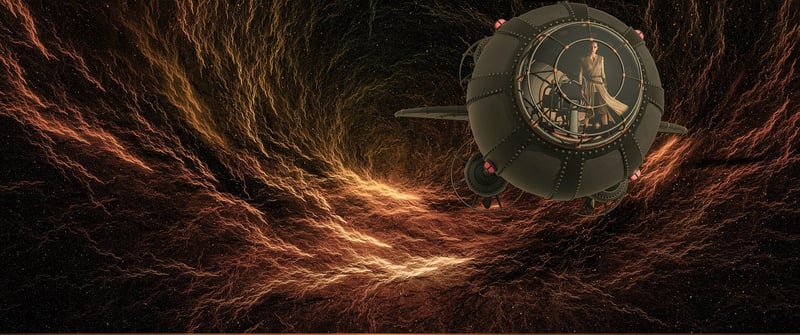Bootstrap Paradox
Unraveling Complex Temporal Conundrums and the Bootstrap Paradox
Time travel has long been a fascinating subject in science fiction, often leading to complex temporal conundrums that challenge our understanding of causality and paradoxes. One such intriguing concept is the Bootstrap Paradox, which raises questions about the origins of information and objects in a time loop.
The Bootstrap Paradox Explained
The Bootstrap Paradox, also known as a causal loop, occurs when an object or information is sent back in time and becomes trapped in an infinite cause-and-effect loop without a clear origin. In this scenario, the object or information exists without being created by any known source, leading to a paradoxical situation.
Example of the Bootstrap Paradox
Imagine a scenario where a writer travels back in time and gives a famous composer the sheet music for a symphony. The composer then publishes the symphony, and it becomes a timeless masterpiece. However, upon closer inspection, it is revealed that the symphony was never composed by the writer in the future; instead, it originated from the composer in the past. This creates a loop where the symphony has no clear beginning, raising questions about its origin.
Resolving Temporal Conundrums
Scientists and philosophers have proposed various theories to resolve complex temporal conundrums like the Bootstrap Paradox. Some suggest the existence of parallel universes or alternate timelines, where the paradoxical events can unfold without disrupting causality. Others argue for the concept of a predestination paradox, where events are predetermined and cannot be changed, leading to the illusion of a paradox.
Conclusion
Exploring concepts like the Bootstrap Paradox not only sparks our imagination but also challenges our understanding of time and causality. While time travel remains a fictional concept, the study of temporal conundrums continues to intrigue and inspire both scientists and storytellers alike.

Image Source: Pixabay
